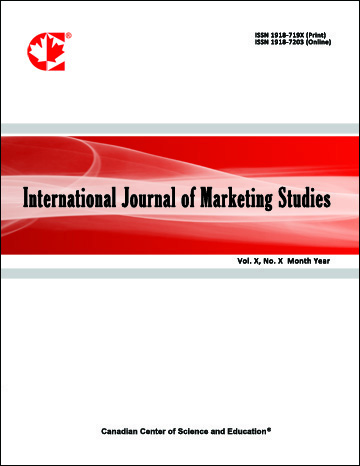Exploring Buyer Motivation to Improve Management, Marketing, Sales, and Finance Practices in the Martial Arts Industry
- Jason Thomas
Abstract
The martial arts industry is experiencing immense growth, creating a highly competitive environment where challenges in attracting and retaining customers cause substantial losses and an inability to compete effectively. Customer memberships are the primary revenue source for fitness firms. Understanding buyer motivation is essential for marketing message creation and product development to attract and retain customers. The purpose of this qualitative, exploratory, single-case study was to investigate parent purchase motivation for children’s martial arts classes and to document internal buying motives in order to address the problem of acquiring and retaining customers in the commercialized martial arts industry. The study sample consisted of seven parents, two instructors, and two owners. The data collection methods were semistructured interviews comprising open-ended questions. Interviews were analyzed using NVivo® qualitative analysis software to code and analyze themes. The semistructured interviews identified 10 themes. Three new themes emerged—ease of participation, alternative to team sports, and convenience. Study findings contribute to the theory of planned behavior and theories used to predict purchase behavior. Recommendations for practice include refinements of product offerings and marketing messages and the creation of a new market segment, resulting in customer alignment and increased ability to attract and retain customers. Future research is recommended to replicate this study in other geographies, to use the data gathered in this study to seed qualitative research studies, and to weigh the relative influence of the three types of behaviors influencing intention in the theory of planned behavior.
- Full Text:
 PDF
PDF
- DOI:10.5539/ijms.v9n2p12
Journal Metrics
Google-based Impact Factor (2021): 1.34
h-index (July 2022): 70
i10-index (July 2022): 373
Index
- Academic Journals Database
- CNKI Scholar
- EconBiz
- Electronic Journals Library
- Excellence in Research for Australia (ERA)
- GETIT@YALE (Yale University Library)
- Harvard Library
- IBZ Online
- Infotrieve
- JournalTOCs
- LOCKSS
- MIAR
- PKP Open Archives Harvester
- RePEc
- ResearchGate
- ROAD
- Scilit
- SHERPA/RoMEO
- Stanford Libraries
- UCR Library
Contact
- Alyssa SunEditorial Assistant
- ijms@ccsenet.org
